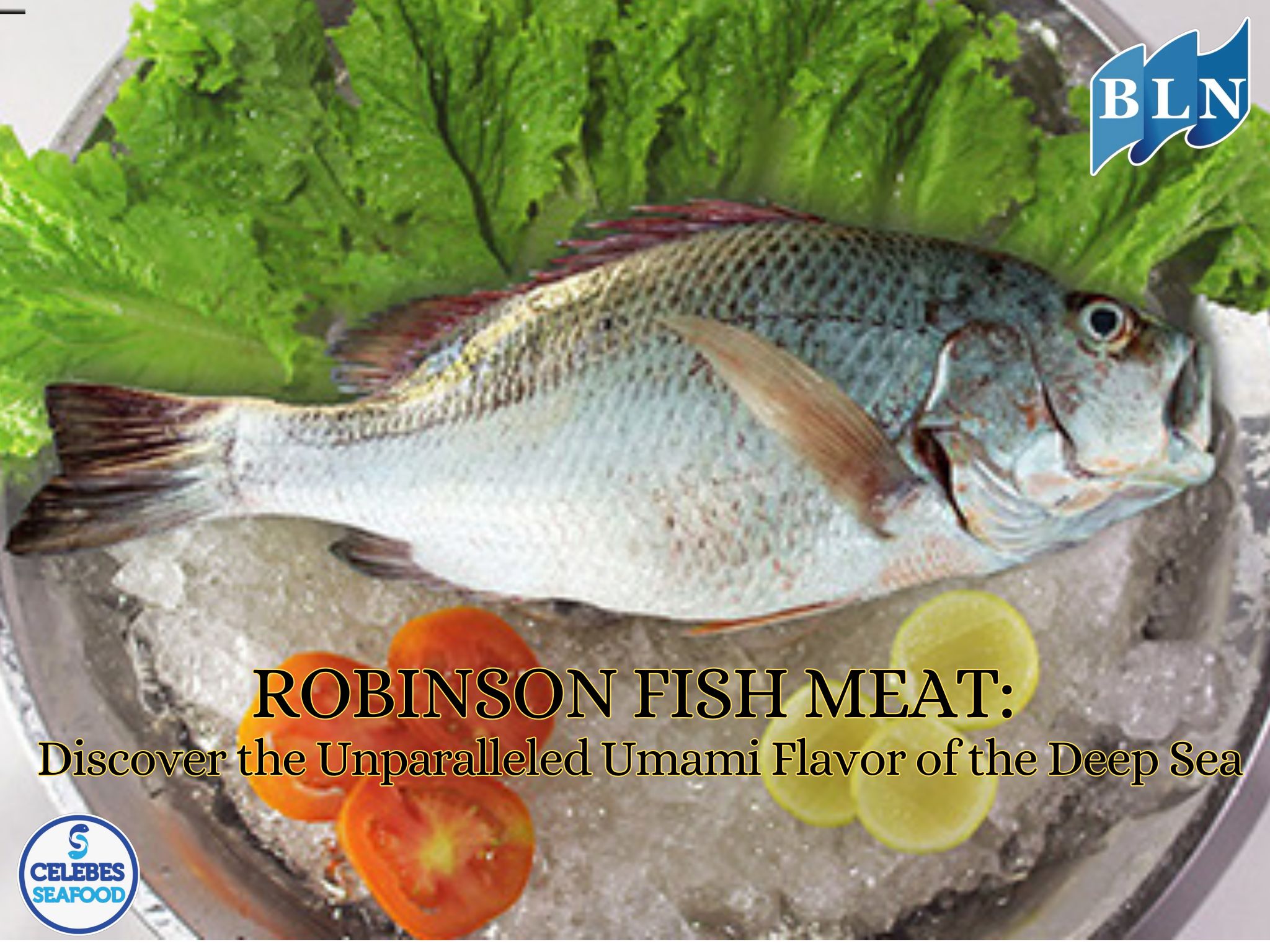This Is What Shrimp Waste Can Turn Into
By. Nevanda - 23 Jun 2023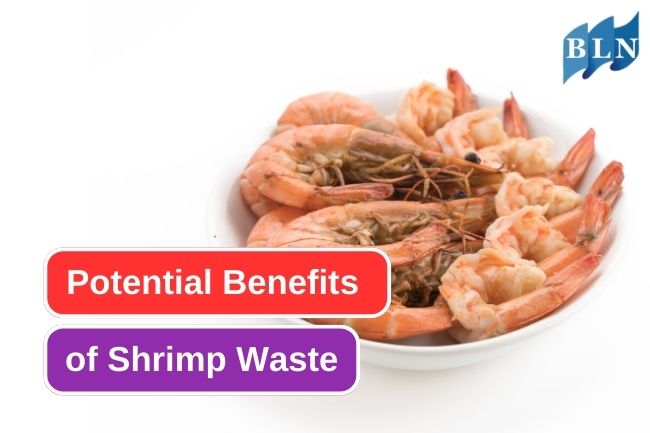
lautnusantara.com - Shrimp waste refers to the parts of the shrimp that are typically discarded or not used for consumption. It includes the shells, heads, tails, and sometimes the internal organs of the shrimp. When shrimp are processed for human consumption, these parts are often removed and considered as waste.
These waste parts, which are often high in protein and other nutrients, can have various potential applications and benefits. Here are some of them:
1. Chitin Production
Shrimp shells are rich in chitin, a polysaccharide that can be extracted and processed into chitosan. Chitosan has various applications, including in pharmaceuticals, cosmetics, food additives, and water treatment. It can be used as a biopesticide, wound-healing agent, or in drug delivery systems.
Read also: 5 Reason To Considerate Using Freezing Method To Preserve Fish
2. Animal Feed
Shrimp waste can be processed and used as a protein-rich ingredient in animal feed. Shrimp meal, obtained by grinding and drying the waste, can be included in fish feed, poultry feed, or pet food formulations. It provides a valuable source of protein, vitamins, and minerals.
3. Fertilizer and Soil Conditioner
Shrimp waste can be composted or processed into organic fertilizer. Its high nitrogen content makes it beneficial for improving soil fertility and enhancing plant growth. It also contains other essential nutrients like phosphorus, potassium, and calcium.
4. Biogas Production
Shrimp waste can be utilized as a feedstock for anaerobic digestion, a process that breaks down organic matter to produce biogas. The biogas generated can be used as a renewable energy source for heating, electricity generation, or even as a vehicle fuel.
Read also: Try This Surf and Turf Recipe At Home
5. Extraction of Bioactive Compounds
Shrimp waste contains bioactive compounds such as astaxanthin, omega-3 fatty acids, and peptides. These compounds have antioxidant, anti-inflammatory, and antimicrobial properties. Extracting and purifying these compounds from shrimp waste can have potential applications in the food, nutraceutical, and pharmaceutical industries.
6. Bioplastics and Biodegradable Films
Chitin extracted from shrimp waste can be used as a raw material for producing bioplastics and biodegradable films. These sustainable alternatives to conventional plastics have gained attention due to their reduced environmental impact and potential biodegradability.
Read also: Easy Tuna Casserole Recipe You Could Try
 in Coral Reef Ecosystems.jpg)
.jpg)
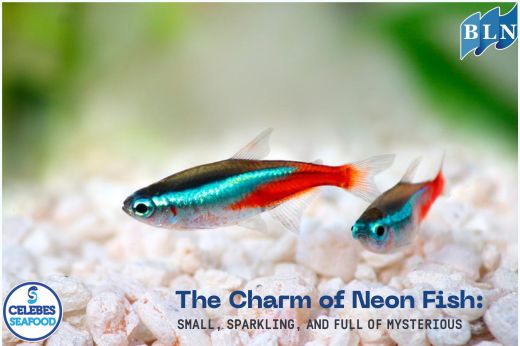
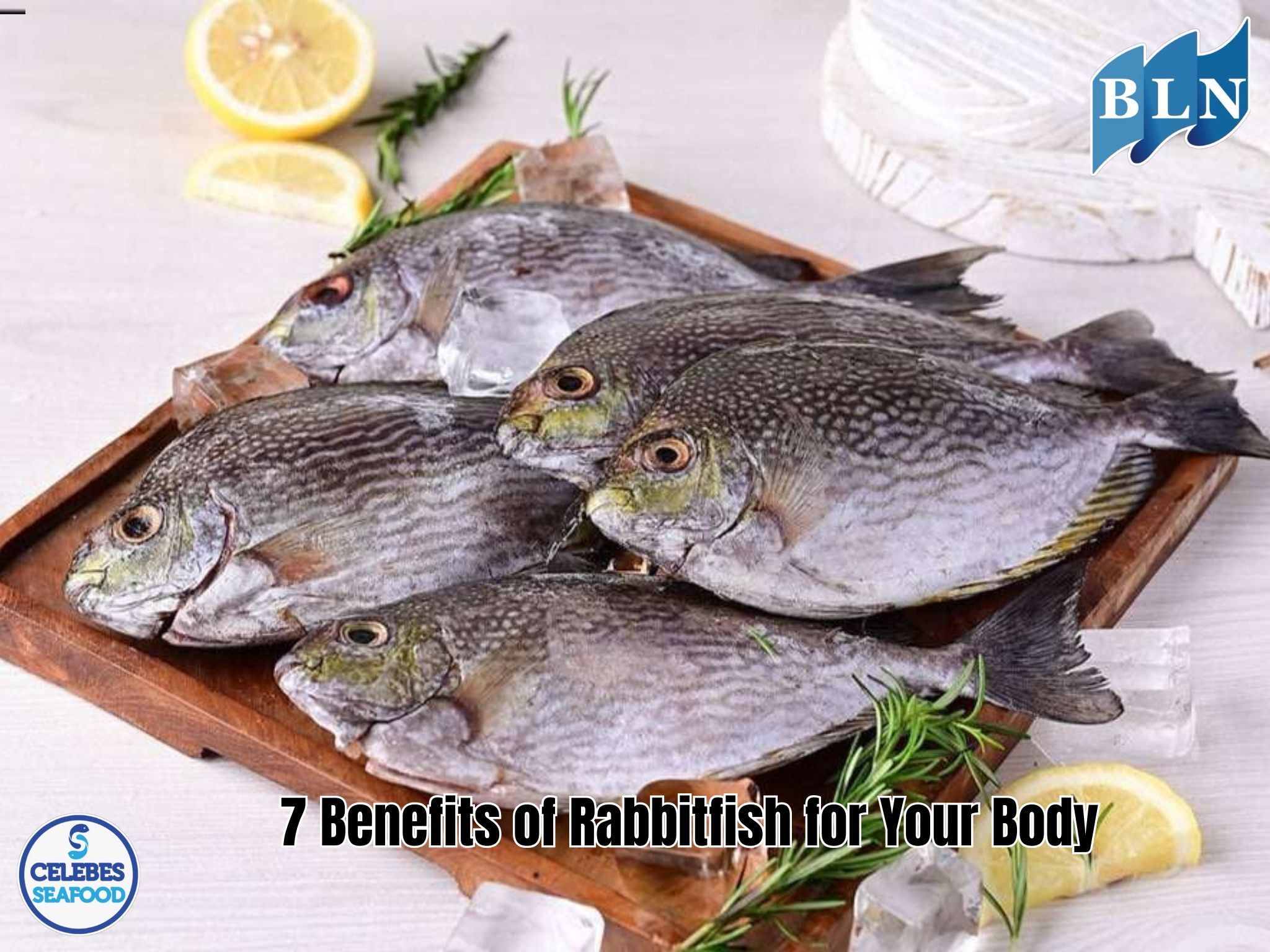
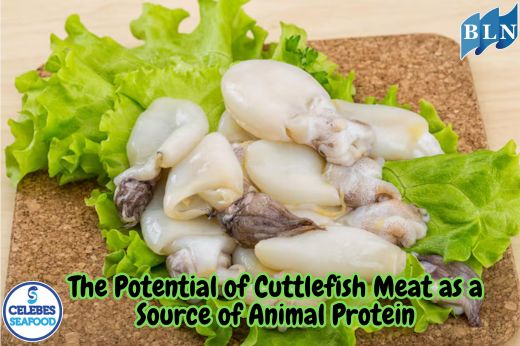
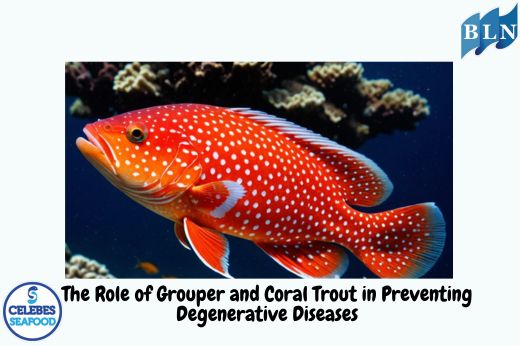
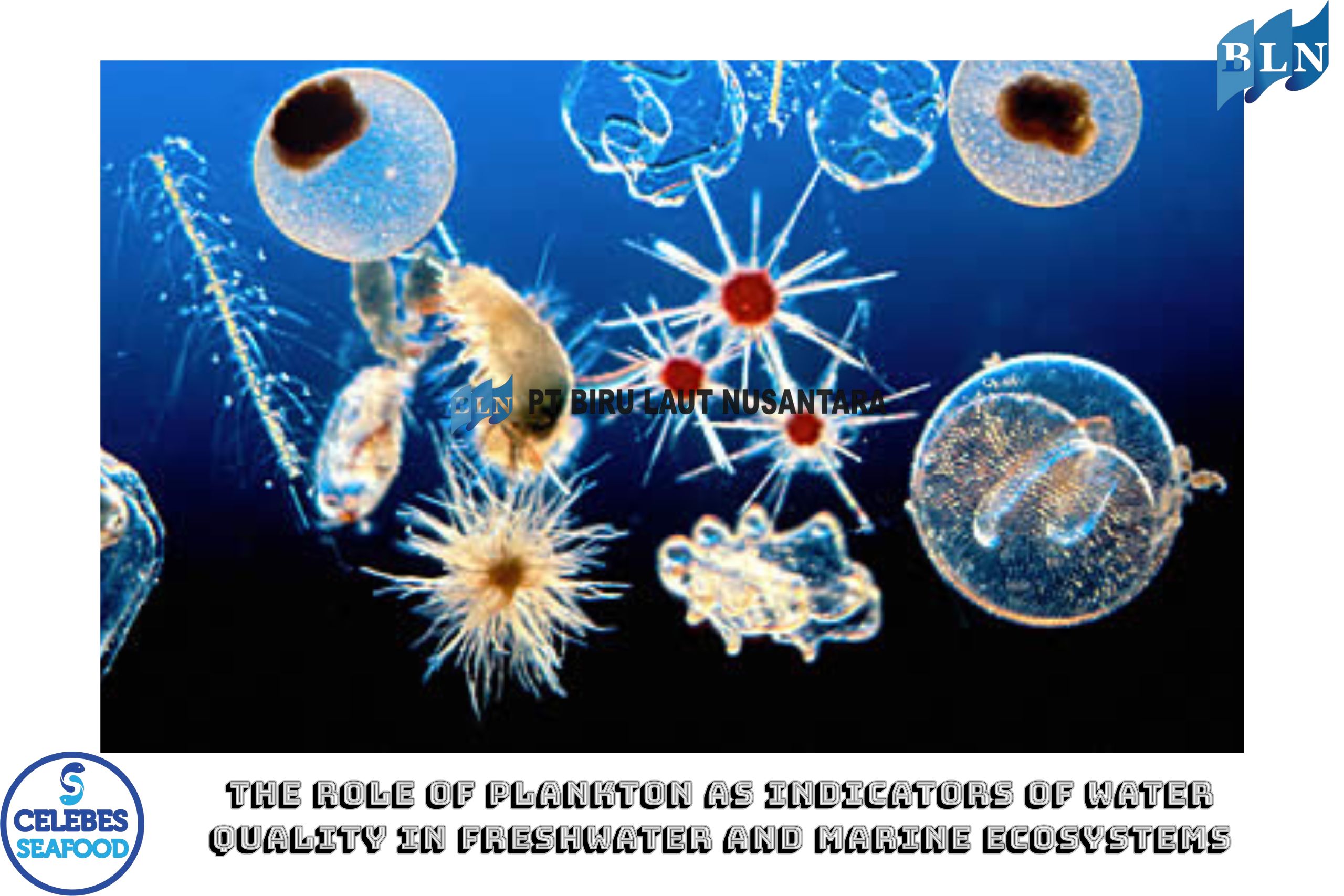
 and Its Impact on Indonesia's Maritime Economy.jpg)
